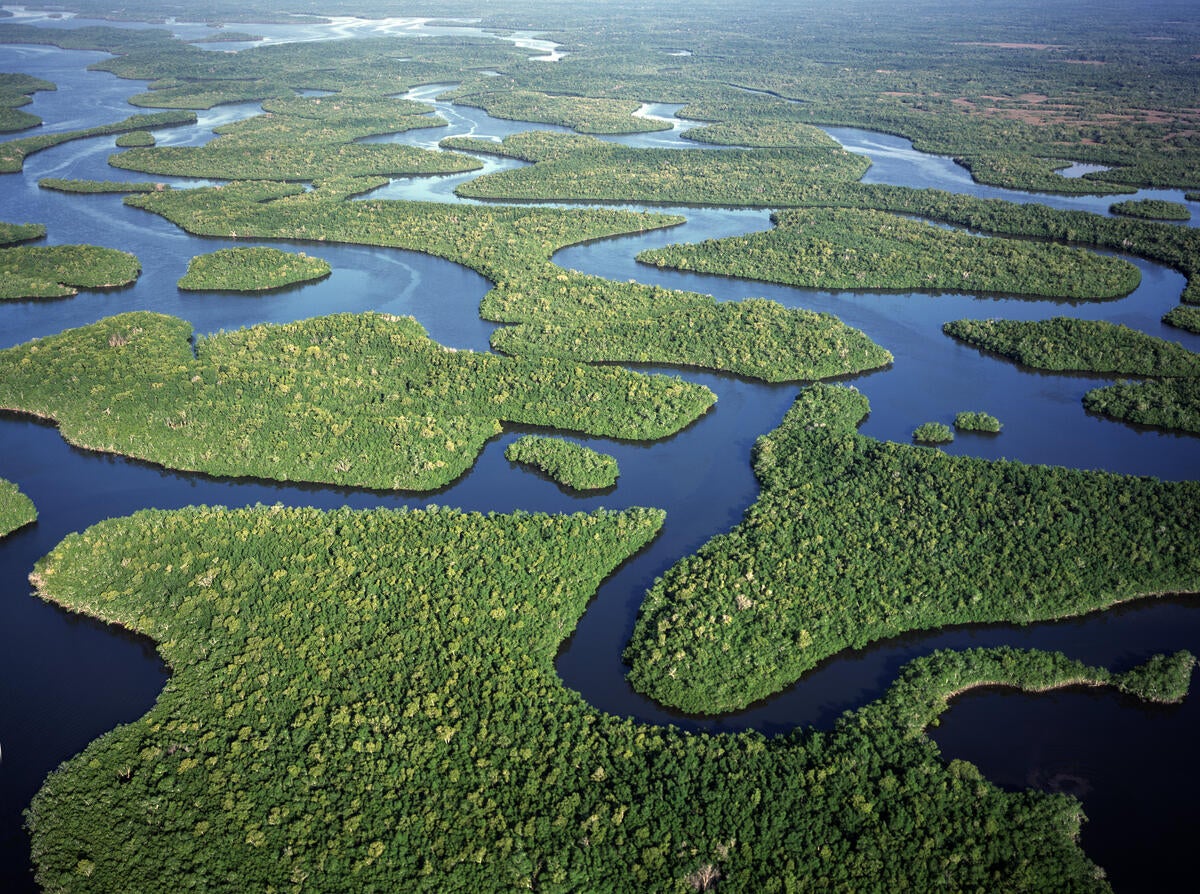The Trump administration has just announced that they will redefine which wetlands and waters have Clean Water Act protections in a new proposed Waters of the United States (WOTUS) rule. This rule creates tremendous uncertainty and risk for our nation’s drinking water, flood protections and critical habitats. Based on our peer-reviewed analysis, the new wetland rules could leave nearly all wetlands without Clean Water Act protections.
Wetlands are critical. They support clean drinking water, remove pollution, recharge water sources and provide critical habitat for recreationally and commercially important wildlife. Wetlands also provide vital flood protection by soaking up floodwater, absorbing as much as 1.5 million gallons of flood water per acre. By serving as a natural buffer for flooding, wetlands help save lives and reduce the impact of severe storms.
We already spend billions annually responding to disasters that were created by building in risky areas. With today’s proposed WOTUS rule, commercial developers will be allowed to pave over wetlands to build unsafe housing that either floods or increases flooding to neighbors. The only people who stand to benefit from this ruling are developers and industrial dischargers, who will then pass the cost burden to taxpayers, homeowners and residents at risk of flooding.
Requirements in the new rule are not based in science, difficult to implement in practice and will create a dangerous lack of clarity. Under the proposed rule, the federal government will regulate wetlands only if they meet a two-part test: They must contain surface water throughout the “wet season,” and they must be touching a river, stream or other waterbody that also flows throughout the wet season. The data that federal agencies propose to use to define the wet season is outdated.
Based on our peer-reviewed analysis, a requirement of persistent surface water throughout the entire growing season would leave up to 91% of non-tidal wetlands in the contiguous United States without Clean Water Act protections. Only half of the states in the U.S. have state-level wetlands protections, so a rollback of federal protections will leave large amounts of wetlands with no protections at all.
This new wetness test is arbitrary and there is no scientific evidence that this aligns with the intent of the Clean Water Act. Science shows that all wetlands, including isolated wetlands and those connected via groundwater, are important for flood reduction, clean water and biodiversity, and the “drier” wetlands likely cut out of the Clean Water Act by this new rule provides some of the highest benefit levels. Additionally, the intensity and duration of wet seasons vary significantly among different geographies and across years. The average “wetness” information that the rule proposes to use is outdated and not appropriate for use as a strict monthly “wet season” definition by which to evaluate the “wetness” of a wetland.
EDF is working together with scientists, advocates and policymakers to better quantify, communicate and protect wetlands and the benefits they provide. Through cutting-edge science, economics and policy development, as well as partnerships across a wide spectrum of stakeholders, we are creating more public understanding of the benefits that wetlands provide. Learn more about our work here.










